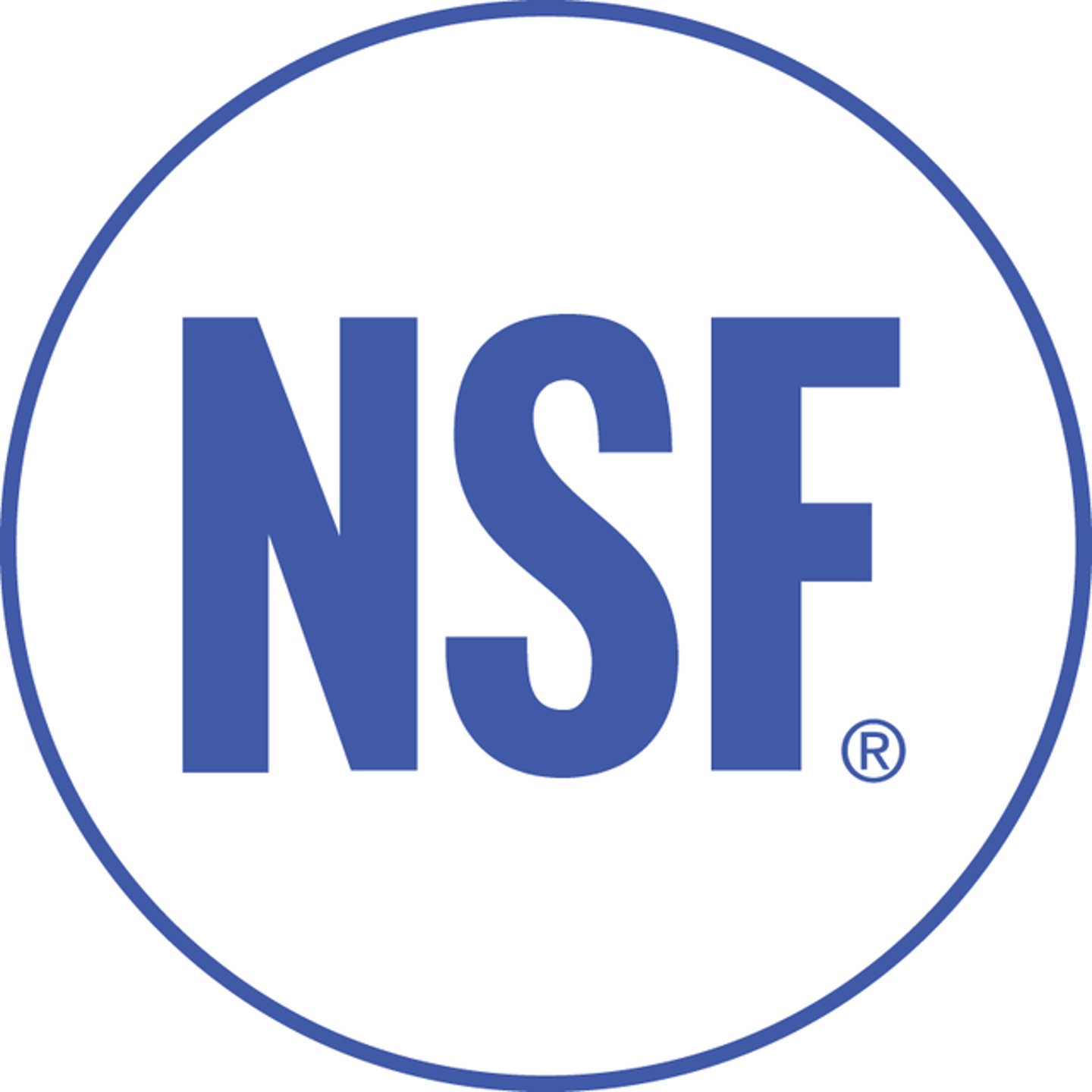NSF Releases Guidelines For PFAS-Free Certification
NSF is launching its Certification Guideline 537: PFAS-Free Products for Nonfood Compounds and Food Equipment Materials (NSF 537), which was developed to confirm that products are free from per- and polyfluoroalkyl substances (PFAS), also known as “forever chemicals.”
Due to their oil and water-repellant properties, PFAS are often used to make water or stain-resistant, nonstick, and grease-proof products, including consumer goods, food equipment, and nonfood compounds such as food-safe lubricants, cleaners, and sanitizers. The material is also known to be carcinogenic and has been linked to detrimental health conditions, including liver disease, certain types of cancers, and delayed development in children. According to the National Institute of Environmental Health Sciences, people are most likely exposed to PFAS by consuming contaminated water or food.
“With growing concerns and new regulations being introduced on PFAS in our environment and food supply, NSF 537 represents a significant leap forward in consumer safety and transparency,” said Sam Cole, director of Food Contact Evaluation at NSF. “This certification will empower forward-thinking manufacturers to clearly distinguish PFAS-free products, giving both retail and food businesses and consumers confidence and peace of mind.”
Key features of NSF Certification Guideline 537: PFAS-Free Products for Nonfood Compounds and Food Equipment Materials (NSF 537):
- Evidence-based: The guideline is backed by decades of specialist food industry knowledge and standards development and is based on existing limits in state regulations.
- Thorough Formulation Review: Technical review of product ingredients, confirming there are no intentionally added PFAS.
- Comprehensive Testing: Ensures minimal to no detected total organic fluorine (TOF) levels with retesting every year.
- Rigorous Disclosures: This requirement requires the manufacturer to attest that no PFAS additives or post-consumer recycled material are used in the product and that manufacturing facilities minimize cross-contamination.
- Certification Mark: NSF PFAS-Free certified products are accompanied by the relevant official NSF certification mark, signifying compliance with the guideline to retailers and consumers.
- Public Listing: Certified nonfood compounds are listed in the NSF White Book, and certified food equipment materials are listed in NSF’s Certified Food Equipment listing.
“Certification to NSF 537 helps to reduce human exposure to these harmful chemicals while underscoring a commitment to meeting evolving regulations, consequently opening up exporting opportunities,” Cole added. “By demanding NSF 537 certification, specifiers and buyers can further advance sustainable operations, including in food processing facilities, equipment manufacturing, and the retail, foodservice, and hospitality sectors.”
Designed by food safety specialists, NSF 537 is based on industry needs, in-depth food industry knowledge, and decades of standards development. To achieve certification, nonfood compound products must first be registered under NSF’s Nonfood Compounds Guidelines or certified by NSF to ISO 21469, Safety of Machinery, Lubricants with Incidental Product Contact-Hygiene Requirements. Food equipment materials must be certified to NSF/ANSI Standard 51: Food Equipment Materials to ensure that products meet minimum public health and sanitation requirements.


